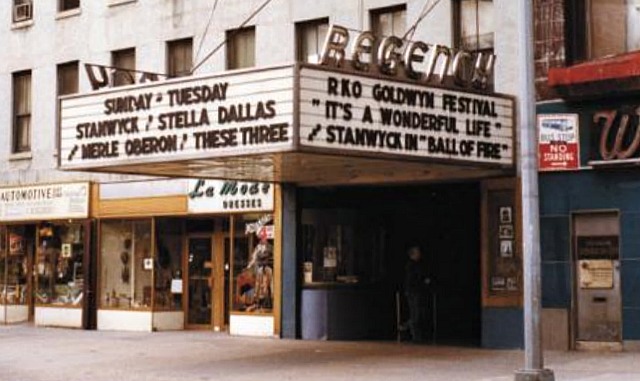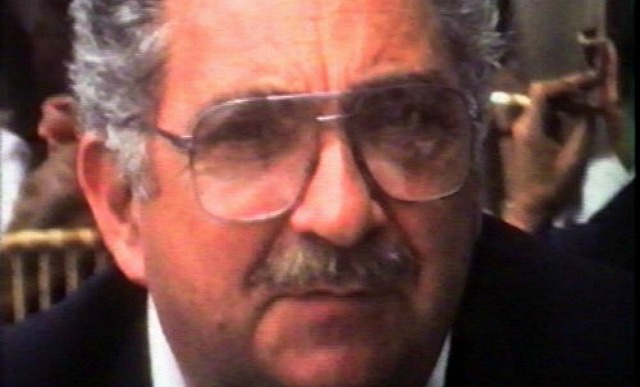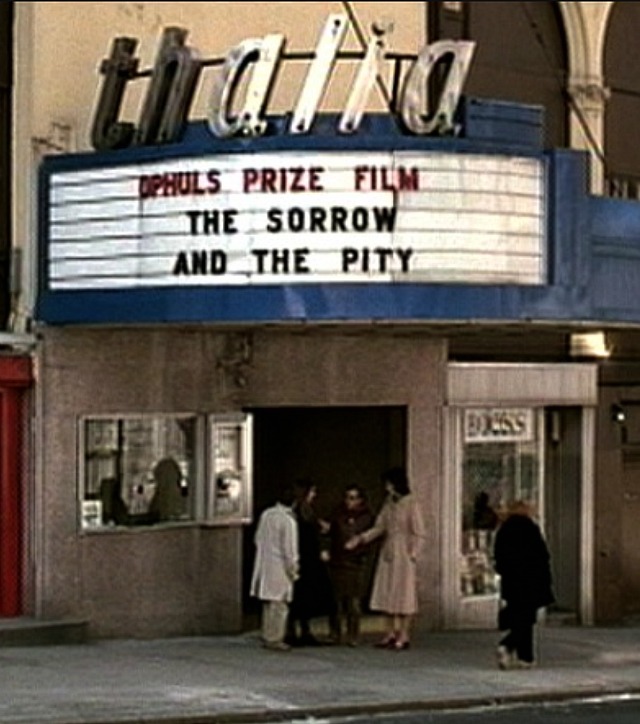Two days ago it was reported that Dan and Toby Talbot‘s Lincoln Plaza Cinema, an arthouse sixplex and an Upper West Side cultural haven since it opened in 1981, has been given the heave-ho by its landlord, Milstein Properties. The theatre will close in January.
In an email a Milstein spokesperson told the N.Y. Times that “vital structural work” was needed to repair and waterproof the plaza around the building. “At the completion of this work, we expect to reopen the space as a cinema that will maintain its cultural legacy far into the future.” The rep added that it’s unclear “if the cinema [will] reopen with the Talbots in charge.”

This sounds like Milsteins want to sever ties with the Talbots. Maybe not.
Honestly? I’ve always kind of hated this little basement-level plex. Tiny shoebox theatres, small screens, seats mounted too close together, no leg room. The last time I saw a film there was…oh, six or seven years ago. It was raining outside (which was part of the reason I’d bought a ticket) and as I sat in one of those crummy little theatres, which felt damp and stuffy that day with the odor of soaked umbrellas and raincoats, I remember saying to myself, “What am I doing here? I don’t like the movie and the atmosphere is down-at-the-heels and the seat is too uncomfortable to take a nap in.”
But I always respected the Lincoln Plaza. A film-buff haven, a small business that has long fed the aura of Upper West Side knowingness. Every time I’d walk by I’d look up at that shitty little marquee and say to myself, “Good, it’s still there.” So the closing is a very sad thing. A shame. Diminishes the character of the city, makes the neighborhood a little less vibrant.
Smarthouse cinemas have always been good for the soul. Manhattan was a repertory cinema boom town in the ’60s, ’70s and ’80s. They’re all pretty much gone now, although there’s still the Metrograph, the 13th street Quad Cinema as well as the Cinema Village, the Film Forum, MoMA, the Film Society of Lincoln Center, the Museum of the Moving Image, BAM, et. al.
At the same time people have been lamenting for the last 20 years that NYC is becoming more and more corporate, and less and less accomodating for small- and mid-sized businesses, not to mention anyone earning less than a hefty six-figure income. Remember the death of Pearl Paint on Canal? Same kind of sadness.
I come from the world of late ’70s repertory cinemas, which were all about showing older (or in some instances recent) classic films. Film in big, heavy metal canisters, I mean. Films that you had to lug out of delivery trucks and carry up steep staircases.


I’m sorry to report that this was only pic I could find of the late Sid Geffen, the former Manhattan rep-house entrepeneur, born troublemaker and indefatigable “character” in the mold of Sydney Skolsky, Samuel Arkoff and other cigar-chomping showbiz types (although Sid never touched cigars).
A year ago I bought a good book about this once-vibrant culture — Ben Davis‘s “Repertory Movie Theaters of New York City: Havens for Revivals, Indies and the Avant-Garde, 1960-1994.”
My first Manhattan movie-realm job, starting in June of ’78, was working as a manager of the Carnegie Hall Cinema. My employer was the incontestably colorful Sid Geffen, a lumpy, bespectacled real-estate maven who had bought the Bleecker Street cinema in ’74 or thereabouts, and was also leasing (as I recall) the CHC, and showing classic films in both.
Sid fired me from the manager job for putting the ticket roll into the dispensing machine backwards, necessitating a new form of arithmetic in counting the grosses. But then he re-hired me in the spring of ’79 to be the managing editor of the Thousand Eyes Cinema Guide magazine, a kind of TV Guide-styled monthly that focused solely on Manhattan repertory cinemas — Richard Schwarz‘s Thalia, the Bleecker, the Carnegie, Karen Cooper’s Film Forum, the New Yorker, Howard Otway’s Theatre 80 St. Marks, Frank Rowley’s Regency, the Collective for Living Cinema, Anthology Film Archives on Wooster Street, etc.
Putting out the issues was insane. Paper and glue and typefaces and printing presses, and staying up all night checking proofs and re-writing and re-editing. But we had first-rate writers penning articles — Harlan Jacobson, Jonathan Rosenbaum, David Sterritt, Gary Indiana, Annette Insdorf. We published, I think, four issues before Sid folded it. He was paying for the whole operation out of pocket, and just got tired of the costs without any ad revenue to speak of.
The best thing that happened for the Thousand Eyes p.r.-wise was David Denby, then the New York film critic, giving the magazine a nice three-paragraph plug at the end of one of his columns.
Repertory cinema was strictly a Manhattan realm back then. Everything of any value happened in Manhattan. Nobody even thought about Brooklyn, much less entertained thoughts of taking a train there. I lived in Manhattan from ’78 to ’83, and I never once visited Brooklyn or Queens (except for Mets games) or the Bronx (except for Yankee games) or Staten Island during my whole time there.

